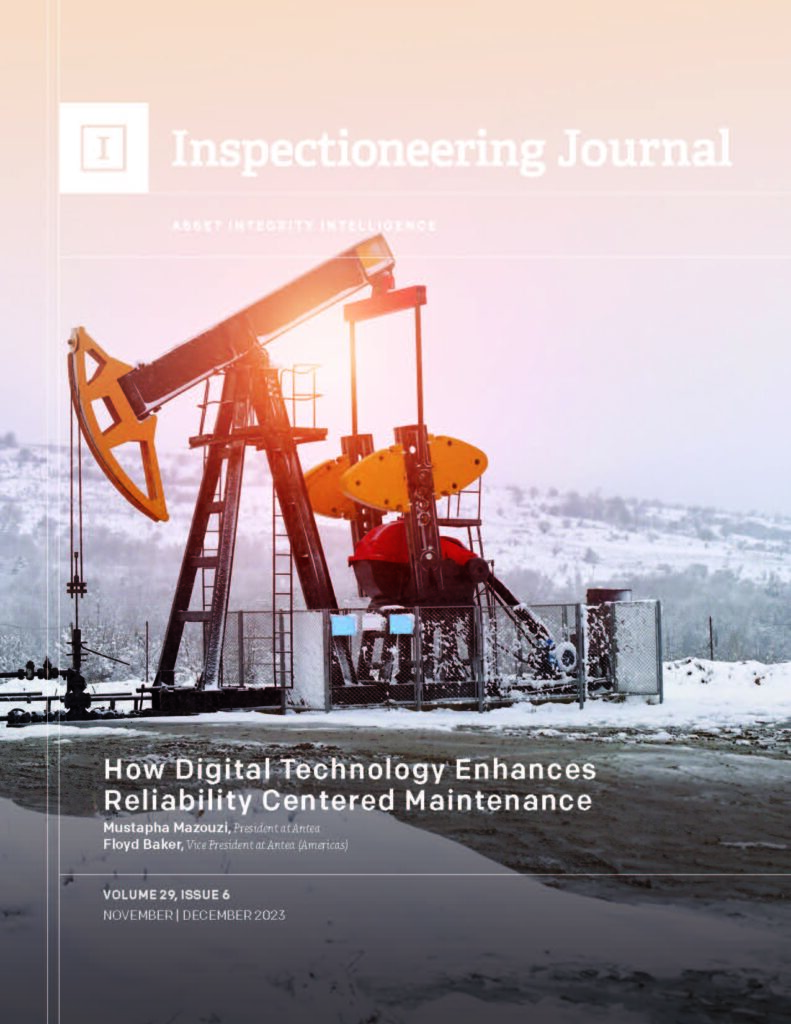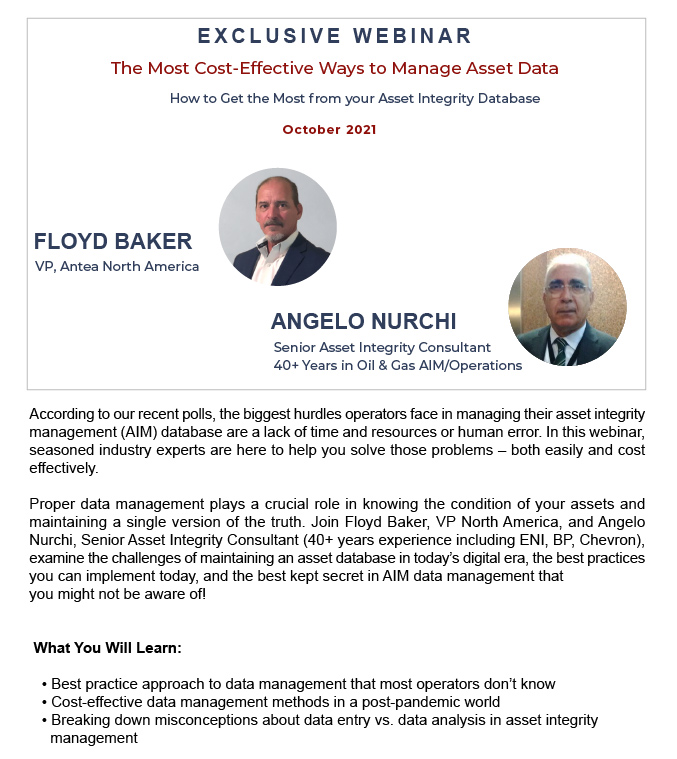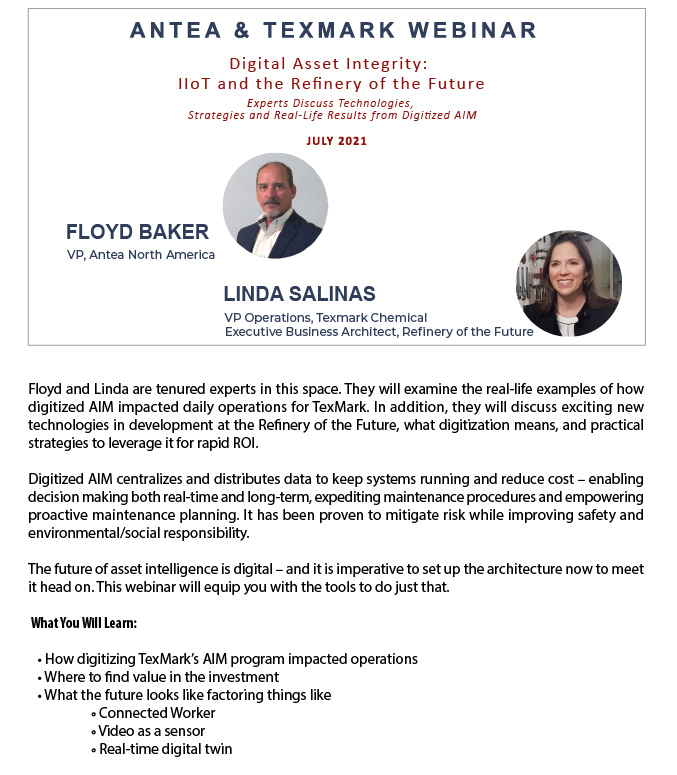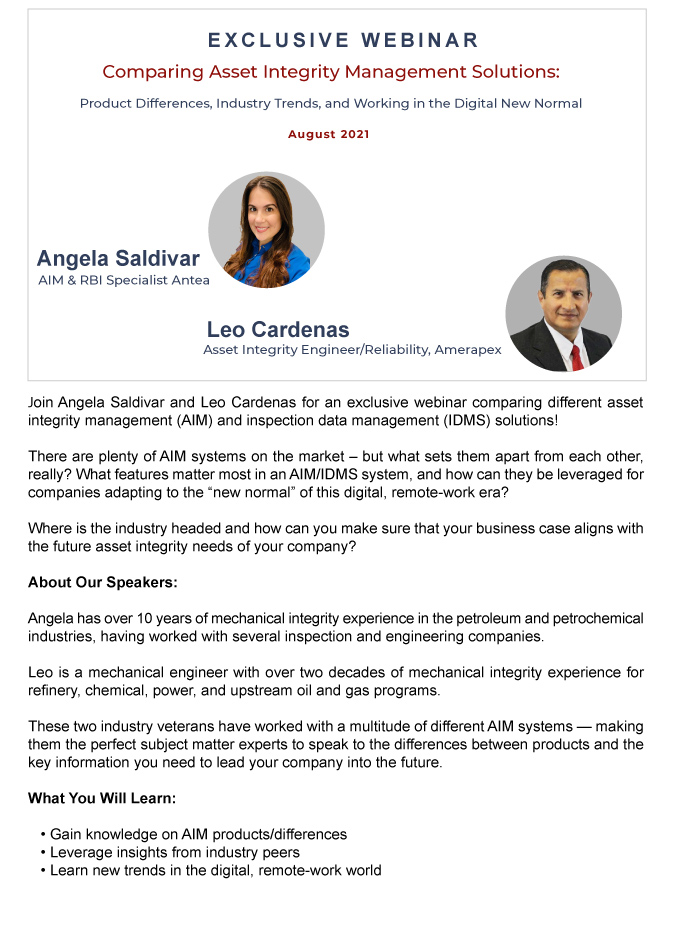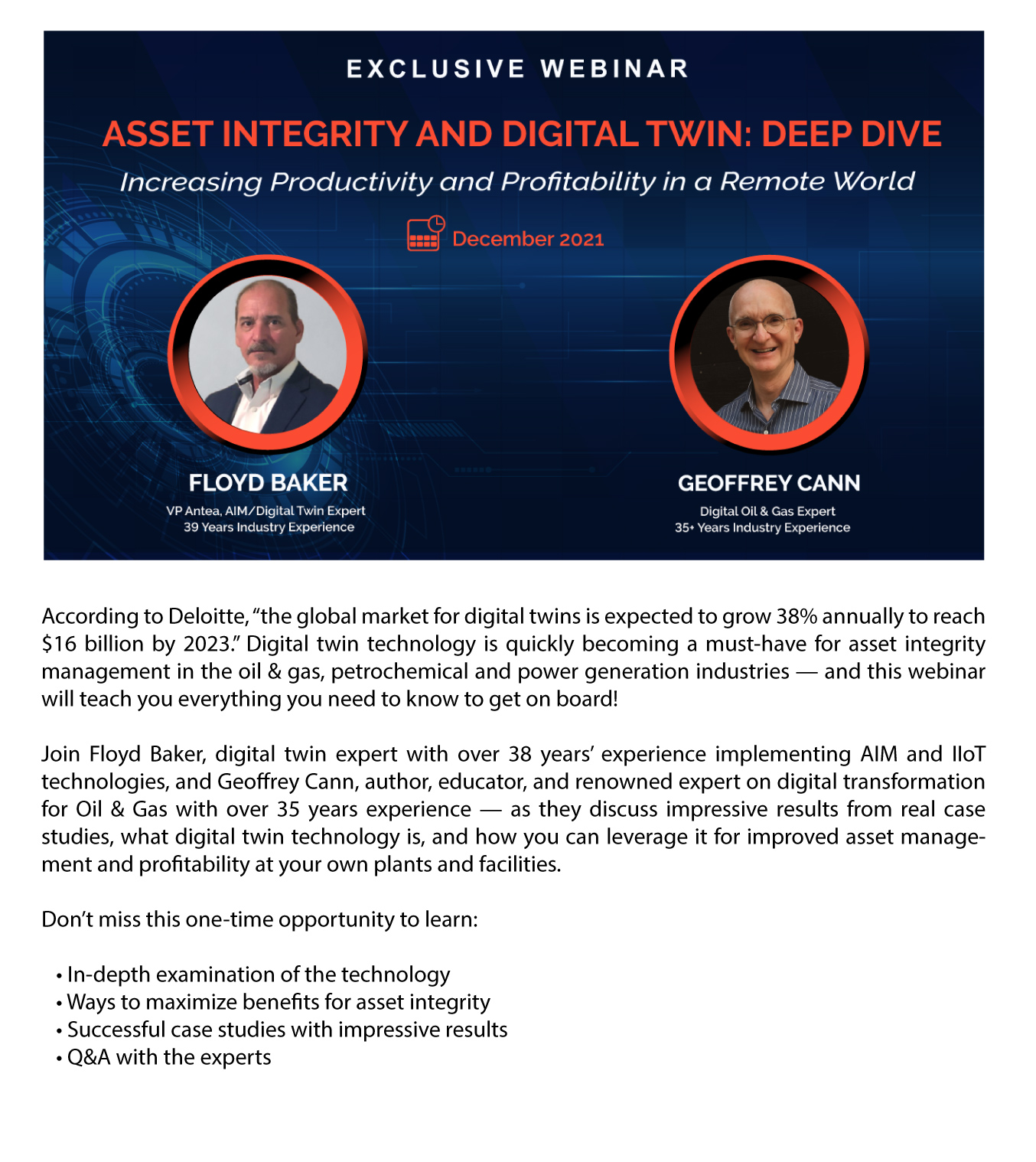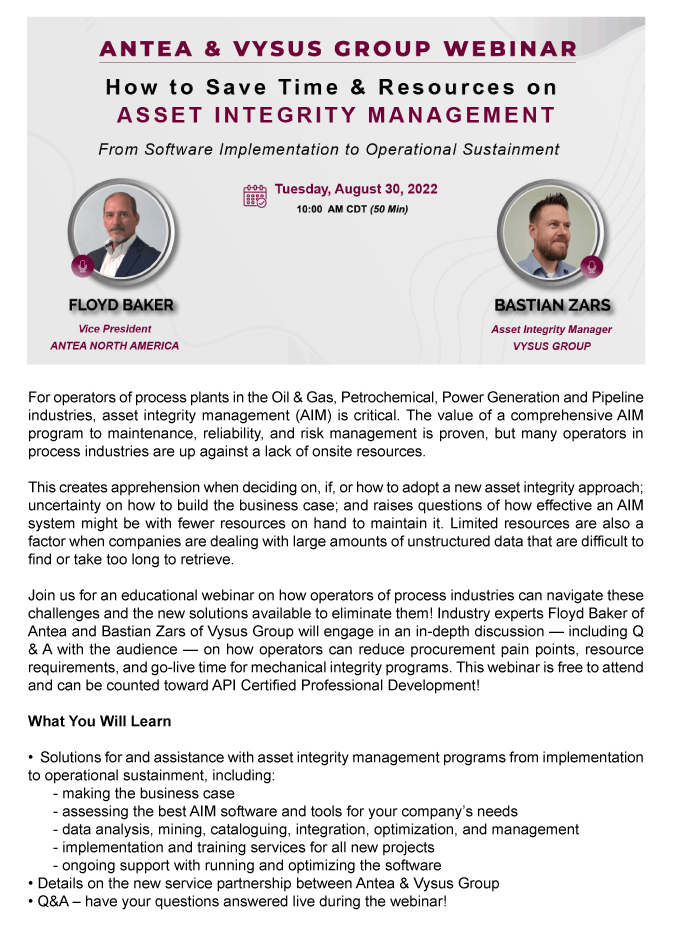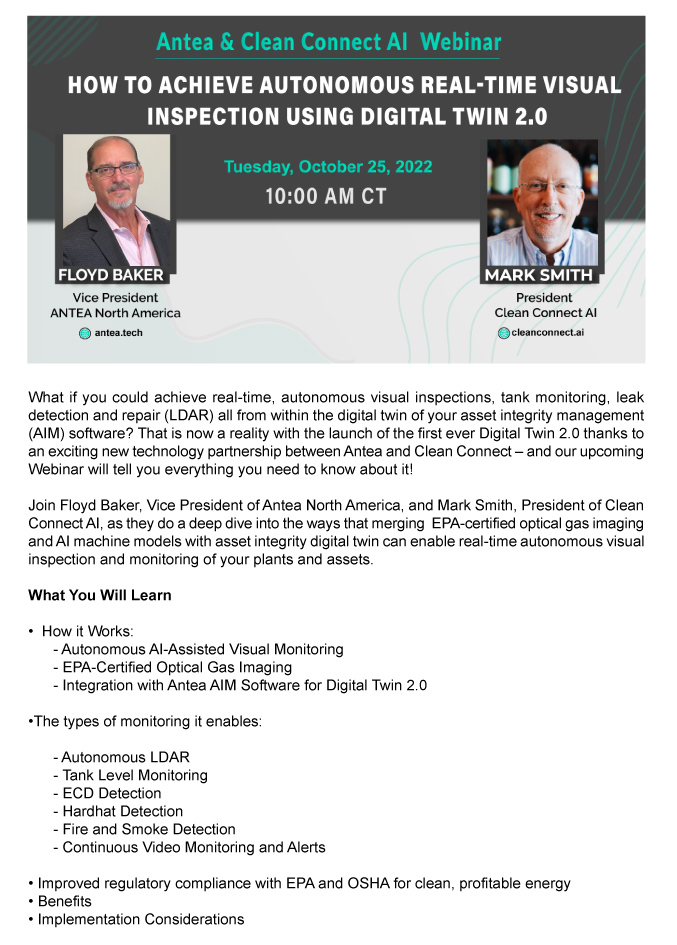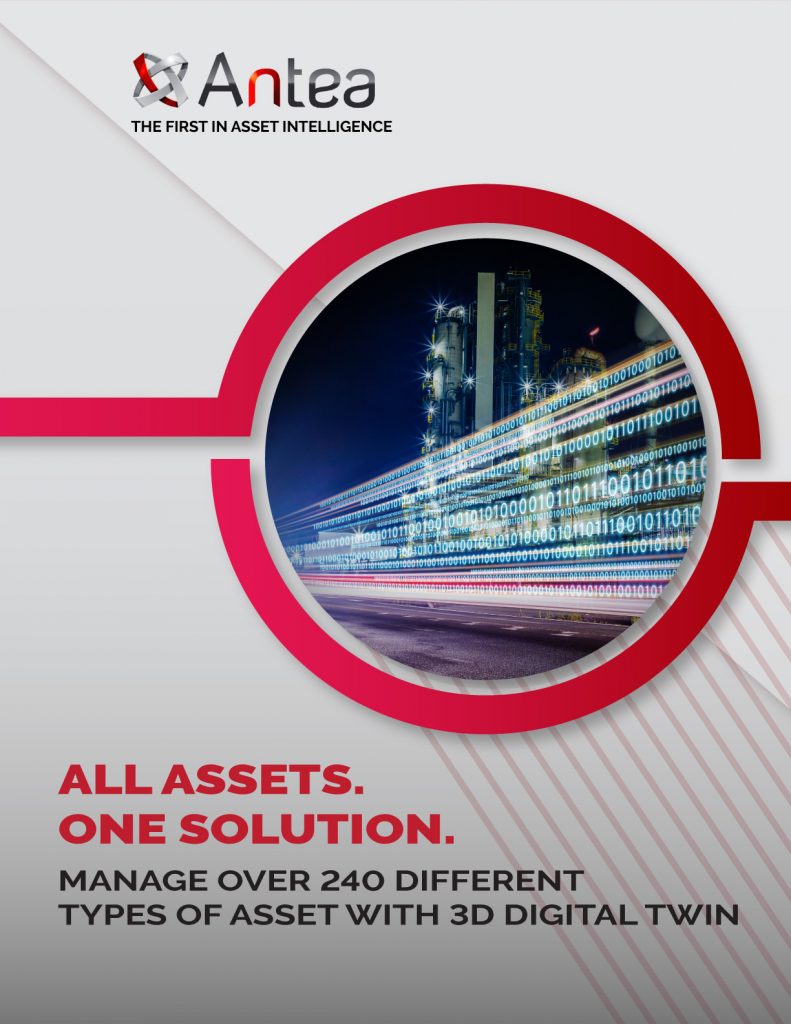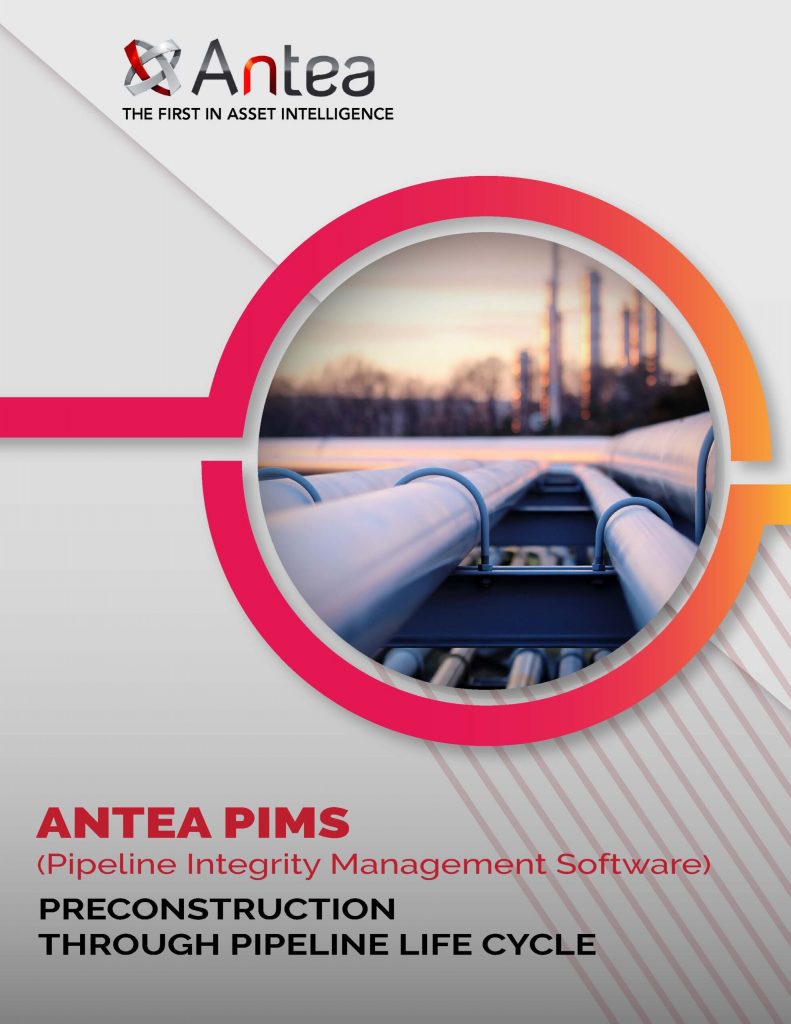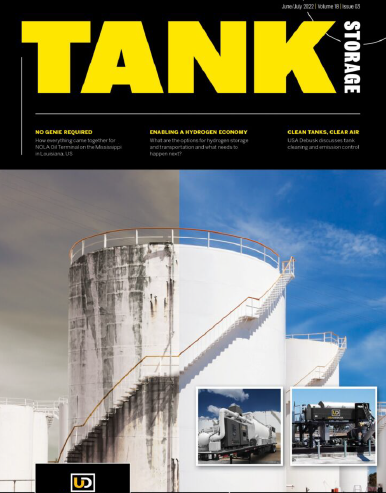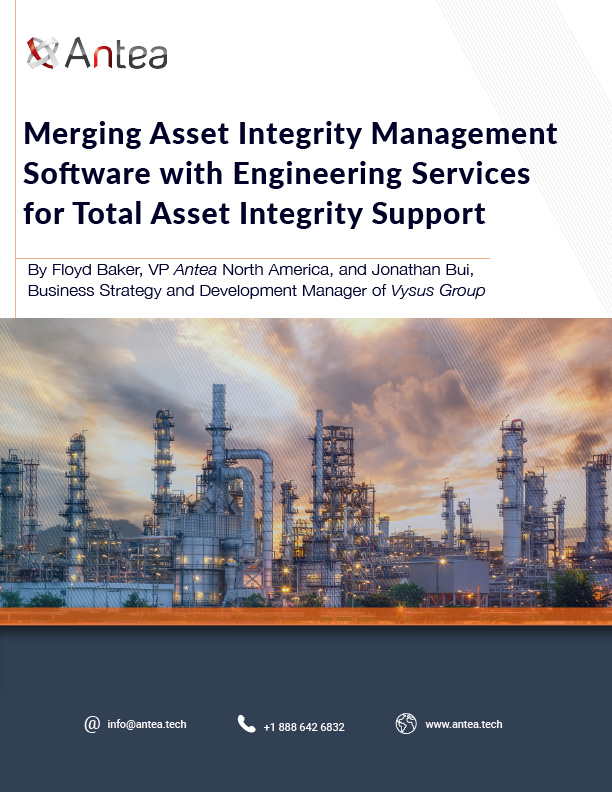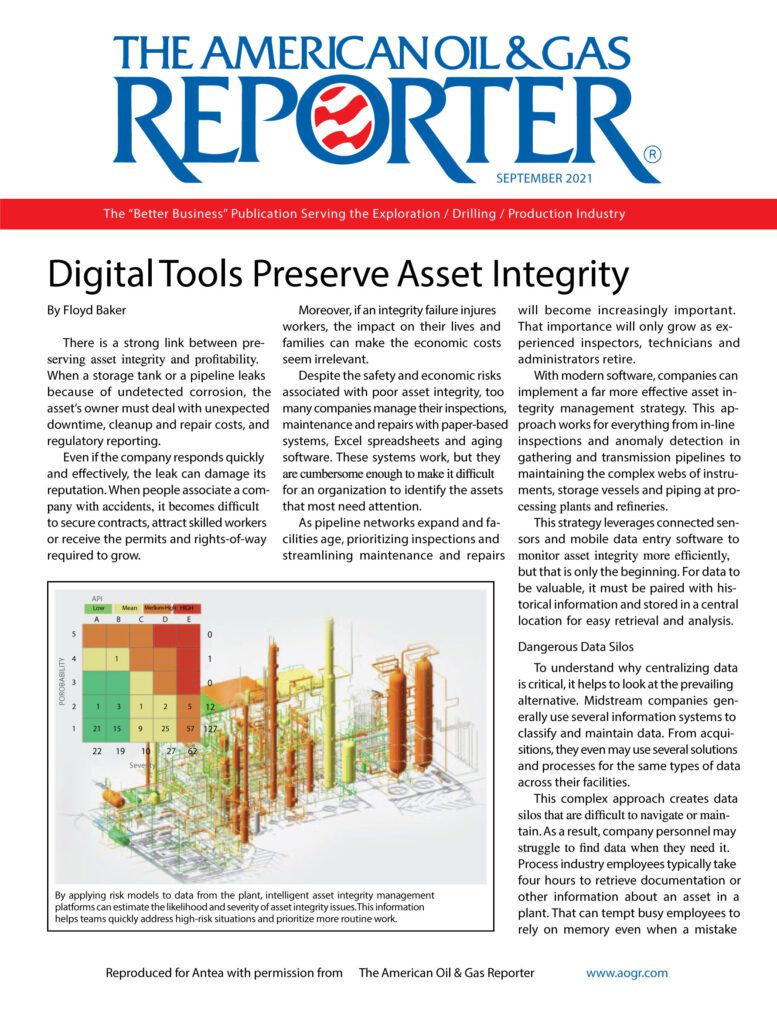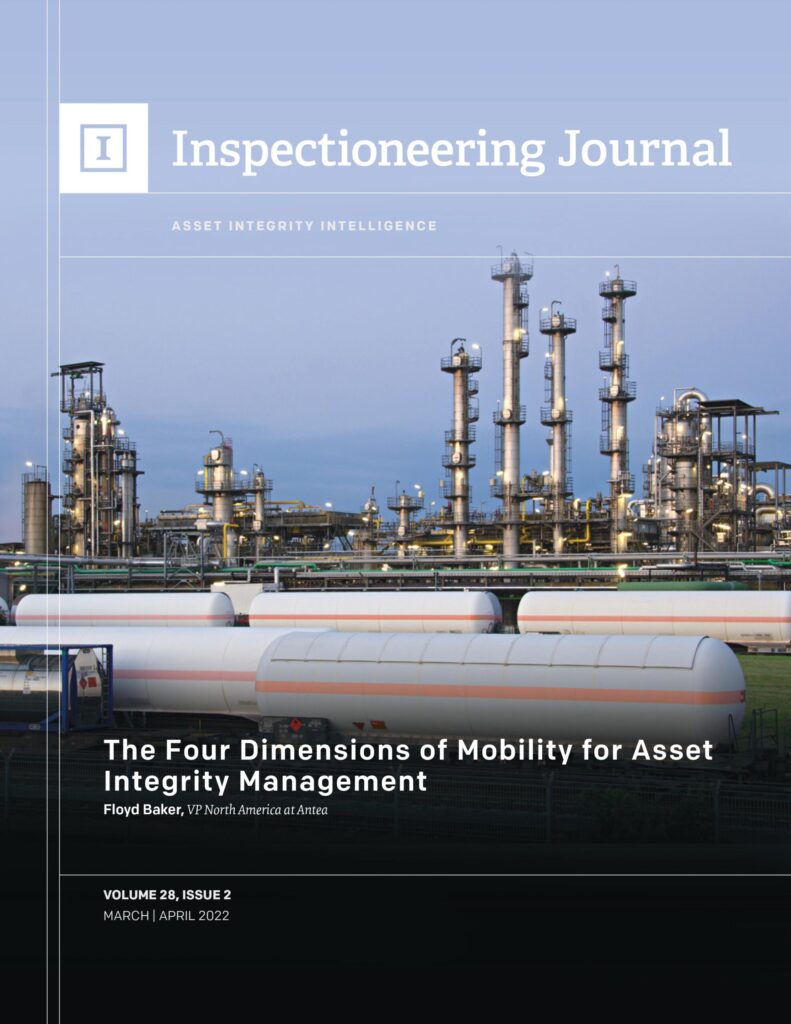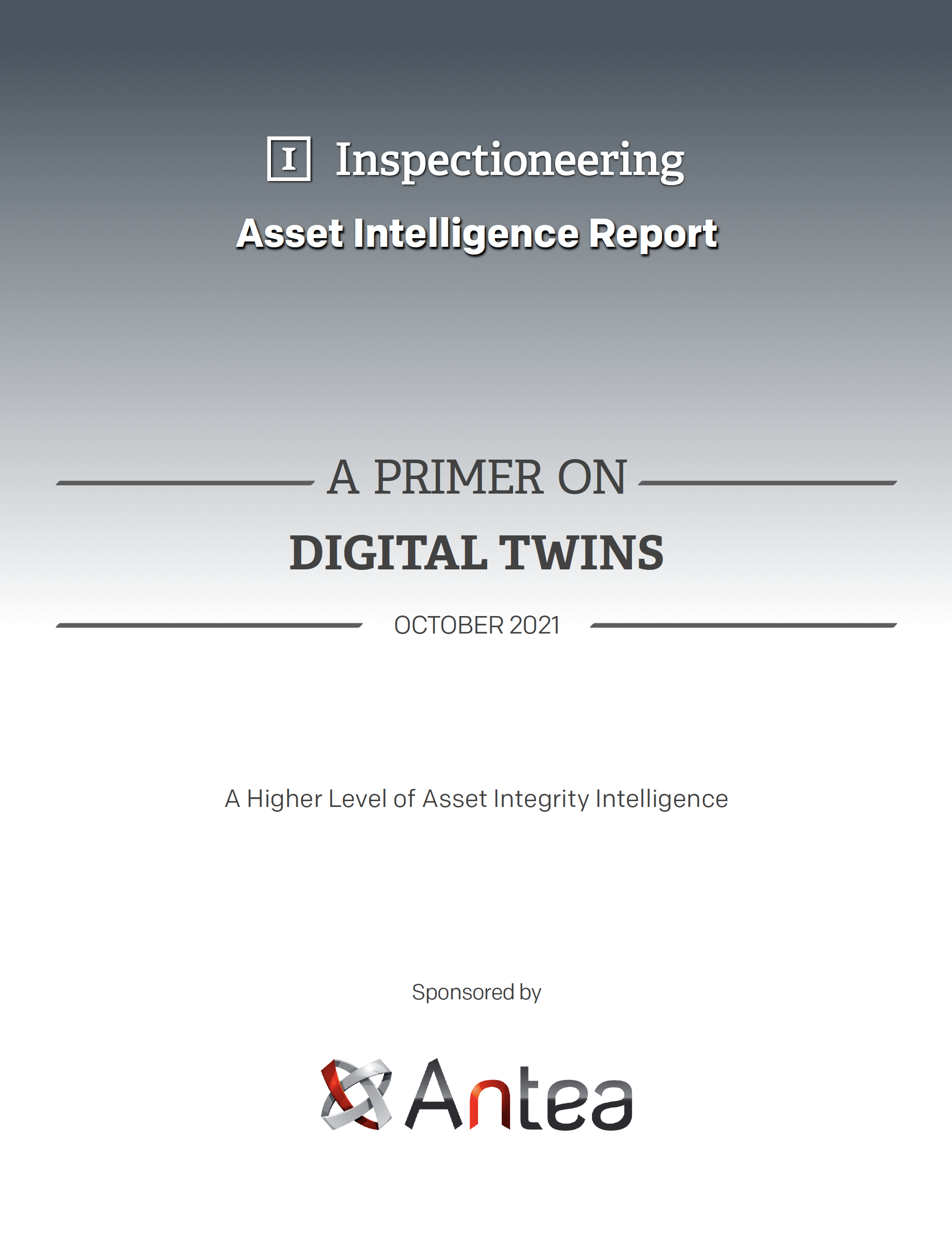
What is predictive corrosion management (PCM)?
Predictive Corrosion Management (PCM) makes it possible for operators in process industries to continuously monitor the corrosion status of their assets with installed sensors. Mitigating corrosion is a crucial component to the safe operations and lifecycle longevity of assets in process industries.
Examples of corrosion sensors historically include ultrasonic sensors to monitor wall thickness and coating degradations. Typically, these are applied over coating and have limitations in scope on understanding what is occurring under insulation. To also detect and monitor the corrosion that is occurring under insulation (CUI) on an asset, it is critical to utilize sensors that can be mounted under insulation for continuous monitoring of conditions that can contribute to CUI.
However, achieving PCM involves more than just the data from sensors mounted on the equipment. To achieve true PCM, utilizing a complete AIM software is a critical component of the equation. That is because AIM software constantly collects and consolidates all available data on an asset – scheduling, inspections, history, and more – giving a broader picture than what just the sensor itself can identify.
When corrosion sensor technology is linked to the AIM software, that data is added into the full picture – delivering comprehensive insights to establish powerful predictive analytics.
On the flip side, an AIM software that is not connected to these sensors will not have as much available information on an asset’s corrosion status than an AIM software that is.
Thus, the most effective path forward to PCM is to utilize effective corrosion monitoring sensors and integrate the data to an AIM platform. This enables both risk based inspection (RBI) and Digital Twin.
Here’s why:
- AIM monitors corrosion rates from different sources. It collects and allows comparison of corrosion data coming from different analyses. These include:
- Non-Destructive Testing (NDT)
- Corrosion Probes & Coupons
- Laboratory analysis
- Sensors mounted to the assets
- Thickness inspection data and condition monitoring locations (CML)
- Short and long-term corrosion rates
- Short and long-term expiry dates
- Short and long-term residual life
- Corrosion Monitoring Points
- Production Chemicals Management
- RBI utilizes risk-based methodology to determine an asset’s probability of failure vs its consequence of failure. This improves inspection planning and allows operators to focus maintenance spend on the most critical assets. Linking CUI monitoring sensor data to an RBI software greatly enhances the accuracy in determining an asset’s probability to fail or conditions that contribute to degradation and failure. This can reduce inspection costs by up to 65%.
- Digital Twin provides a virtual replica of a plant and all assets within it. It bidirectionally links all sensor and asset data input and overlays them onto a 3D model and 3D Point Cloud. When CUI sensors are added as input sources for the digital twin, it becomes possible to instantly access and contextually visualize the near real-time external corrosion status of the assets. The Time to Find (TTF) savings alone provided by digital twin have saved operators who use it an average of $1.8 million per year. This, in and of itself, could be the value driver for operators on their digital transformation journey.
- AIM monitors corrosion rates from different sources. It collects and allows comparison of corrosion data coming from different analyses. These include:
Ultimately, the most effective combination for PCM in process industries is a digital AIM software with RBI and Digital Twin that is connected to continuous CUI monitoring sensors. It delivers an unprecedented level of insight into the actual corrosion-enabling conditions of your equipment in near real-time. All the while, it leverages that data into risk-based methodology to optimize its use for intelligent inspection planning. The sheer amount of continuous and real-time data that is amassed on an asset with this combination enables powerful insight for preventive corrosion mitigation and truly predictive, even prescriptive analytics.
The result? Heightened intelligence that will reduce inspection frequency, prevent equipment failure, and promote longevity of an asset’s lifecycle.
Additional Resources
Want to learn more about the latest technology for continuous monitoring of CUI, and how it can connect to AIM software with RBI and Digital Twin for PCM?
Join our upcoming Webinar on March 7.
Antea and CorrosionRADAR recently announced a technology collaboration that connects patented CUI monitoring technology to Antea’s AIM/RBI software with digital twin – enabling true predictive analytics. Read more here.

